That was the affirmation of Prime Minister Pham Minh Chinh within the framework of the Autumn Economic Forum 2025 program, taking place on the afternoon of January 25, in Ho Chi Minh City.
Prime Minister Pham Minh Chinh emphasized that, in addition to traditional growth drivers such as investment, export, and consumption, there is a need for new drivers, including digital economy, green economy, circular economy, knowledge economy, data infrastructure development, and artificial intelligence (AI). These will be the areas that Vietnam prioritizes to attract investment, creating a foundation for long-term growth.
The Prime Minister also highly appreciated the intelligence, experience and commitment to cooperation of the international business community. However, he said that relevant parties need to act faster and more decisively, with the spirit of "what is said must be done, what is committed must be done, what is done must have specific products, measurable results".

According to the Prime Minister, a developed Vietnam needs the close accompaniment of a creative State, pioneering enterprises, and a cohesive public-private partnership, bringing benefits to the country, enterprises, and people.
"Vietnam is building open institutions, smooth infrastructure, smart governance, and common practices according to international standards. We hope that international investors will continue to accompany Vietnam to turn nothing into something, turn difficult into easy, and turn impossible into possible," the Prime Minister hoped.
The Prime Minister affirmed that the Vietnamese Government always listens, understands and takes substantive action to create a transparent and safe investment environment. He emphasized the spirit of cooperation of “listening together – understanding together; sharing together – acting together; doing together – winning together; enjoying together – developing together” with the goal of harmonizing benefits and sharing risks.
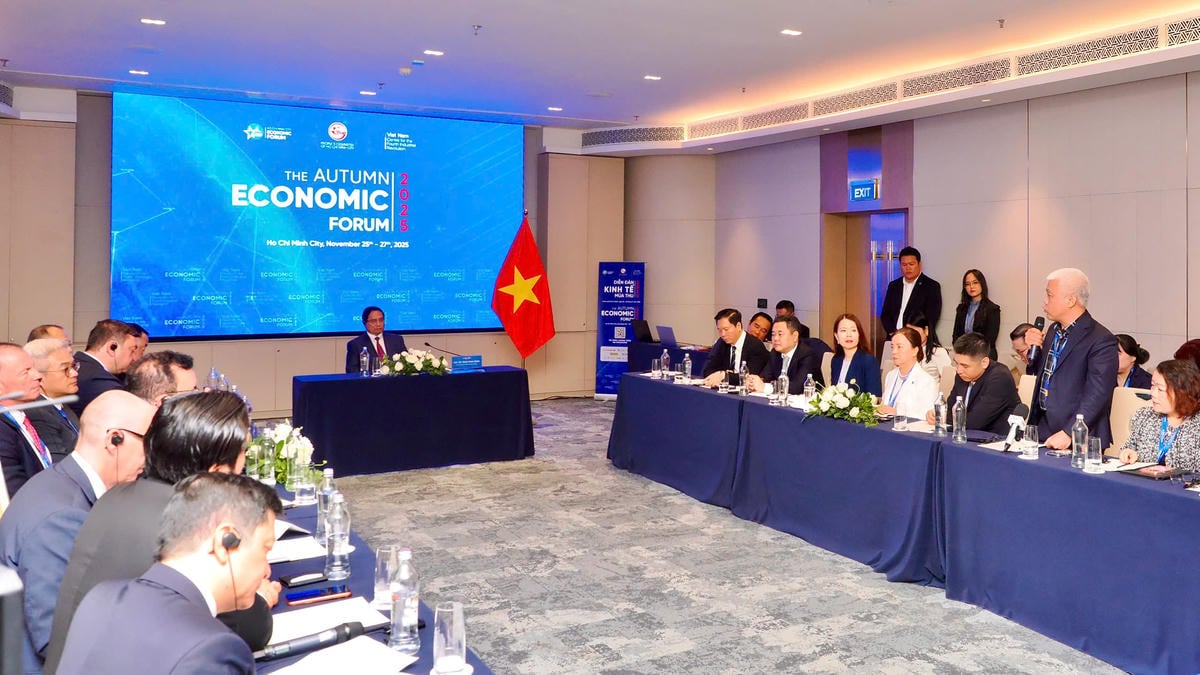
Recently, the Government has affirmed its strong commitment to building the International Finance Center (IFC) in Ho Chi Minh City, aiming to become a regional financial center by 2035 and a global one by 2045.
In terms of institutions, the National Assembly passed Resolution 222/2025/QH15, creating a special legal framework for IFC, including a free foreign exchange mechanism, exemption from foreign exchange control for 100% foreign-owned organizations, a 10% corporate income tax incentive for 30 years, and a personal income tax exemption until 2030 for senior experts.
Currently, the Ministry of Finance and other ministries and sectors are submitting a draft decree of the Government to implement the resolution of the National Assembly. At the same time, Vietnam continues to perfect policies in accordance with international standards, promoting investment in fintech, capital markets and green finance.
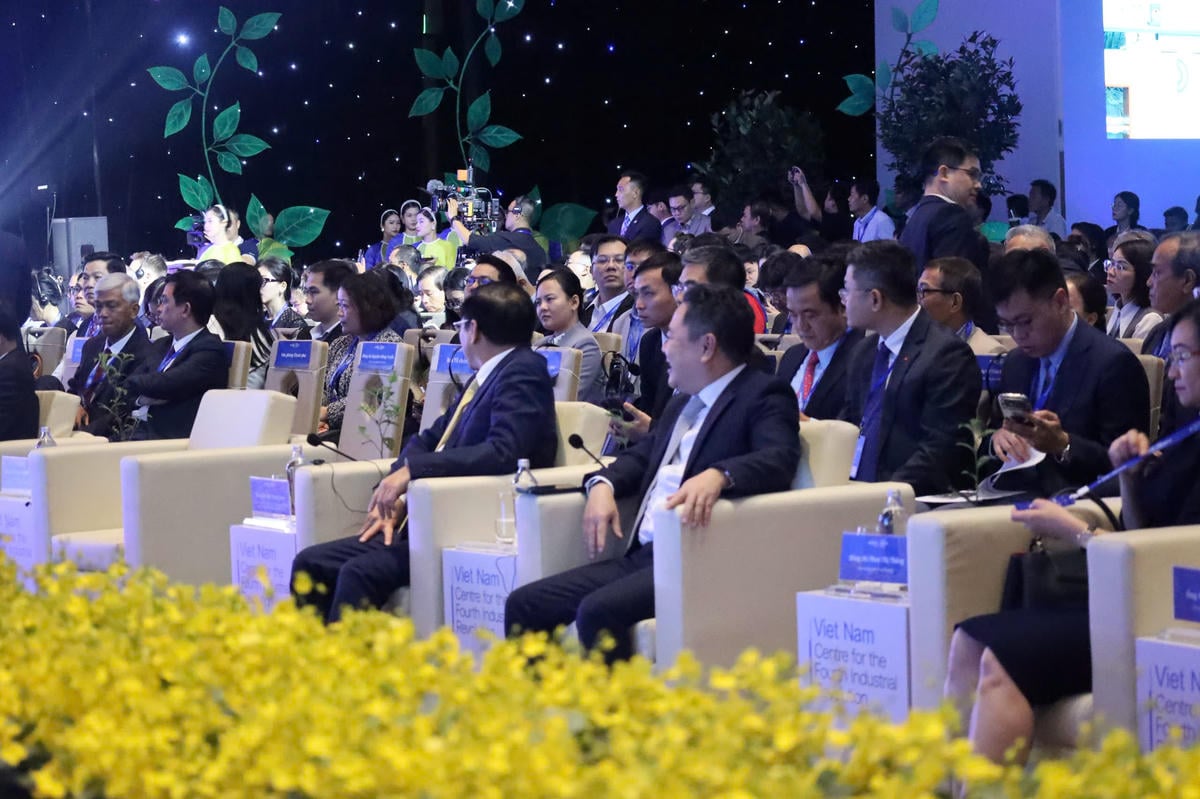
Regarding infrastructure, Ho Chi Minh City is implementing estimates with a total capital of about 7 billion USD for IFC in the Saigon - Ben Thanh - Thu Thiem area, expected to operate from 2026 and complete in 5 years. Key projects include data centers, metro lines, digital infrastructure and smart cities.
The Government also stressed the need for further investment in urban transport, international schools, hospitals and cultural spaces to create an attractive living and working environment for international experts.
Along with infrastructure, Vietnam aims to build a high-quality workforce through international standard training programs, cooperation with foreign universities and organizations; prioritizing digital skills, STEM and foreign language training. Long-term visa policies of up to 10 years and work permit exemption for foreign experts will help Vietnam attract global talent.
In the coming time, the Government will promote cooperation programs with international financial centers such as Dubai (DIFC), Astana (AIFC) and the UK; at the same time, implement pilot (sandbox) in fintech, green finance and institutional reform to improve GFCI rankings, enhance integration into the global value chain through CPTPP and RCEP.
Source: https://daidoanket.vn/viet-nam-cam-ket-tao-thuan-loi-toi-da-cho-cac-nha-dau-tu.html




![[Photo] President Luong Cuong attends the 50th Anniversary of Laos National Day](/_next/image?url=https%3A%2F%2Fvphoto.vietnam.vn%2Fthumb%2F1200x675%2Fvietnam%2Fresource%2FIMAGE%2F2025%2F11%2F27%2F1764225638930_ndo_br_1-jpg.webp&w=3840&q=75)
![[Photo] Prime Minister Pham Minh Chinh chairs the 15th meeting of the Central Emulation and Reward Council](/_next/image?url=https%3A%2F%2Fvphoto.vietnam.vn%2Fthumb%2F1200x675%2Fvietnam%2Fresource%2FIMAGE%2F2025%2F11%2F27%2F1764245150205_dsc-1922-jpg.webp&w=3840&q=75)




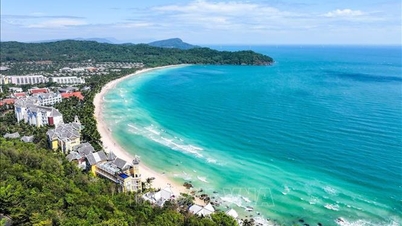

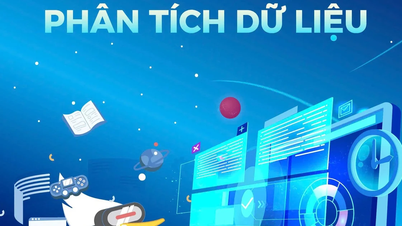

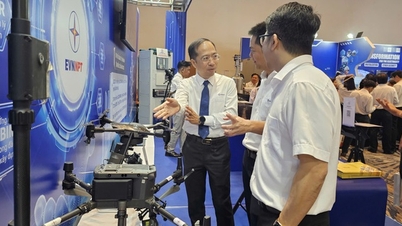



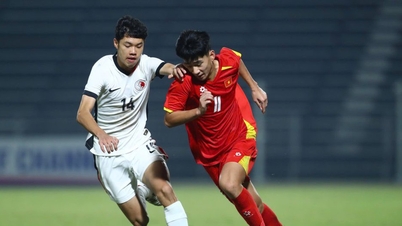
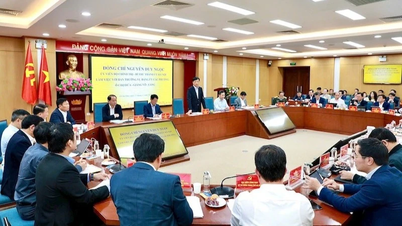






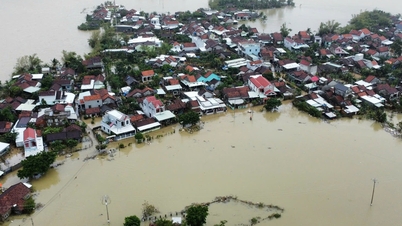






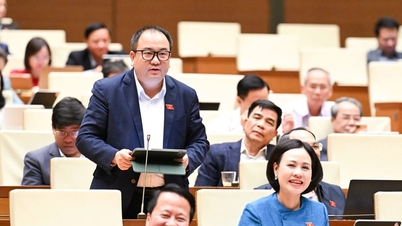








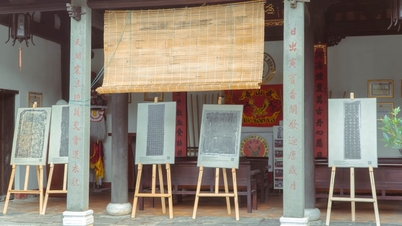
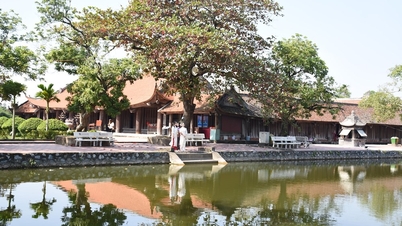







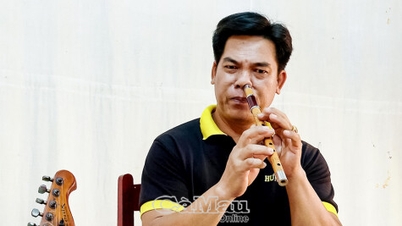



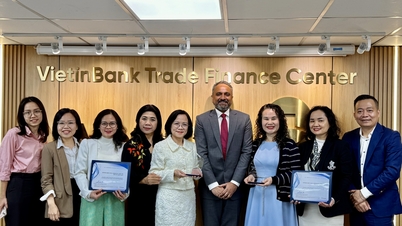


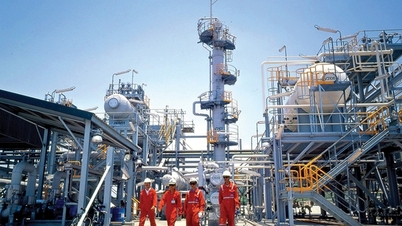

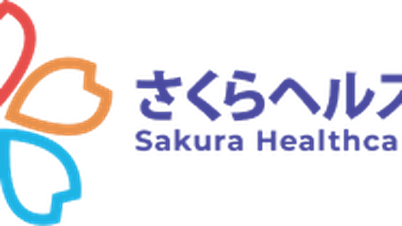

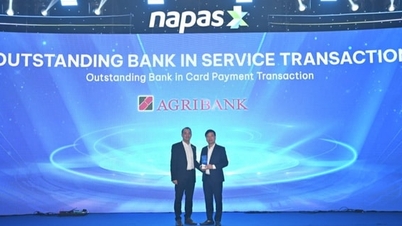










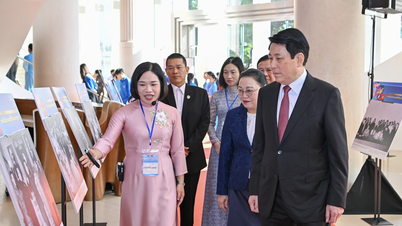

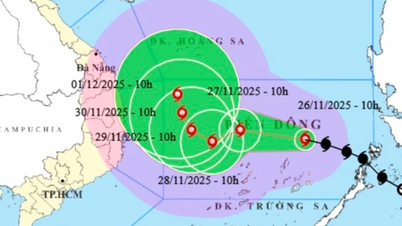


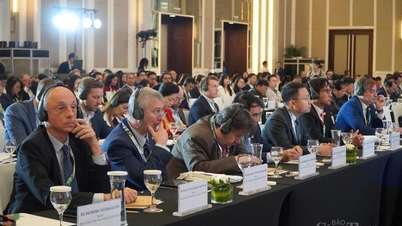
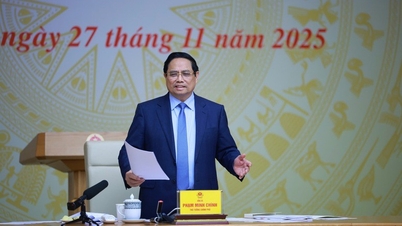








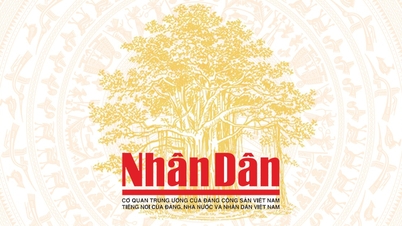
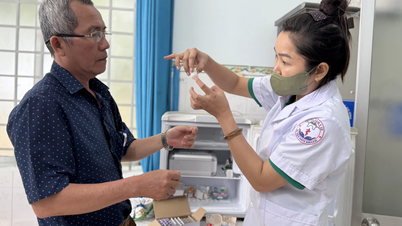

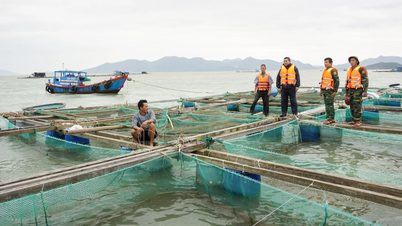












Comment (0)